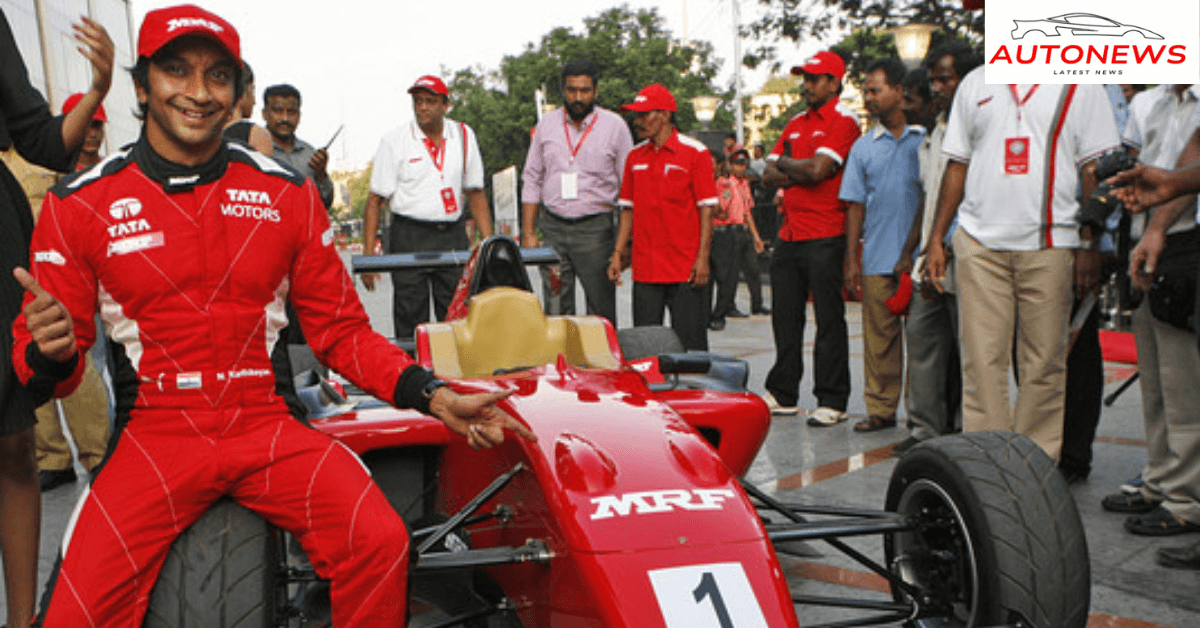In the high-octane world of Formula 1, where the roar of engines drowns out everything else and milliseconds define legacies, breaking into the sport is no small feat. For a young man from Coimbatore, India, the dream of competing at motorsport’s highest level once seemed far-fetched. Yet, in 2005, Narain Karthikeyan shattered expectations and rewrote history by becoming the first Indian to ever race in Formula 1.
Born on January 14, 1977, in a country where cricket reigned supreme, Karthikeyan’s passion for speed came naturally. His father, G.R. Karthikeyan, was a former Indian national rally champion, which gave Narain early exposure to motorsports. But transforming that exposure into a career was a different matter altogether—India lacked infrastructure, funding, and a motorsport culture at the time.
Undeterred, Karthikeyan began his racing journey in the early 1990s, training at the Elf Winfield Racing School in France, a program known for producing F1 talent. From there, he climbed the junior motorsport ranks with stints in Formula Ford, Formula Asia, and the British Formula 3 Championship. He consistently impressed with his speed and racecraft, even testing for the Jaguar and Jordan F1 teams in the early 2000s. But securing a full-time seat in Formula 1, especially without corporate backing or a motorsport heritage nation behind him, was a monumental challenge.
That changed in 2005 when the Jordan F1 Team announced Narain Karthikeyan as one of their race drivers. India had officially arrived in Formula 1.
Debut Season and the 2005 F1 Journey
Karthikeyan made his Formula 1 debut at the 2005 Australian Grand Prix. As the Indian flag was hoisted over an F1 garage for the first time, it was a moment of immense pride—not just for Narain, but for millions of Indian motorsport fans. He finished his debut race in 15th position, a respectable result considering the limitations of the Jordan EJ15 car.
Over the 2005 season, Karthikeyan competed in all 19 races. His standout performance came at the controversial 2005 United States Grand Prix, where only six cars took the start due to tire safety concerns. Driving a reliable race, Karthikeyan finished fourth, scoring five world championship points. Though the race had unusual circumstances, it marked a personal high for him and demonstrated his ability to keep his head down and deliver under pressure.
While Jordan was not a front-running team, and reliability issues plagued the season, Karthikeyan had made his mark. He wasn’t just a token entry; he proved he had the skill and temperament to compete with the best.
The Road Beyond F1
After 2005, Karthikeyan didn’t secure a full-time F1 race seat again immediately but remained involved in the sport. He served as a test driver for Williams in 2006 and 2007, keeping his foot in the F1 door. He then competed in various other racing series, including A1 Grand Prix (where he won races for Team India), the Le Mans Series, and Superleague Formula.
In 2011, he returned to F1 with the newly-formed Hispania Racing Team (HRT), becoming the first Indian to race in F1 on home soil at the inaugural Indian Grand Prix at the Buddh International Circuit. Though HRT was a backmarker team, the symbolism of Karthikeyan racing in front of his home crowd was powerful. He continued with HRT through the 2012 season before the team folded due to financial issues.
Legacy and Impact
Narain Karthikeyan’s F1 career may not have featured podiums or championships, but his legacy goes far beyond statistics. He broke barriers and inspired a generation of Indian racers. In a nation with limited motorsport infrastructure, he proved that it was possible for an Indian to make it to the pinnacle of global racing.
His journey laid the groundwork for others, most notably Karun Chandhok, who followed him into Formula 1 in 2010. More importantly, Karthikeyan helped ignite interest in motorsports in India, contributing to the country’s eventual hosting of the Indian Grand Prix from 2011 to 2013.
Conclusion
Narain Karthikeyan’s journey from Coimbatore to the F1 grid is a story of determination, resilience, and national pride. In a sport dominated by European and South American drivers, his presence was a powerful statement. More than just a driver, he is a pioneer who opened doors for others and expanded the global reach of Formula 1. He may not have driven the fastest car on the grid, but he certainly led India’s charge into the fast lane of international motorsport.

